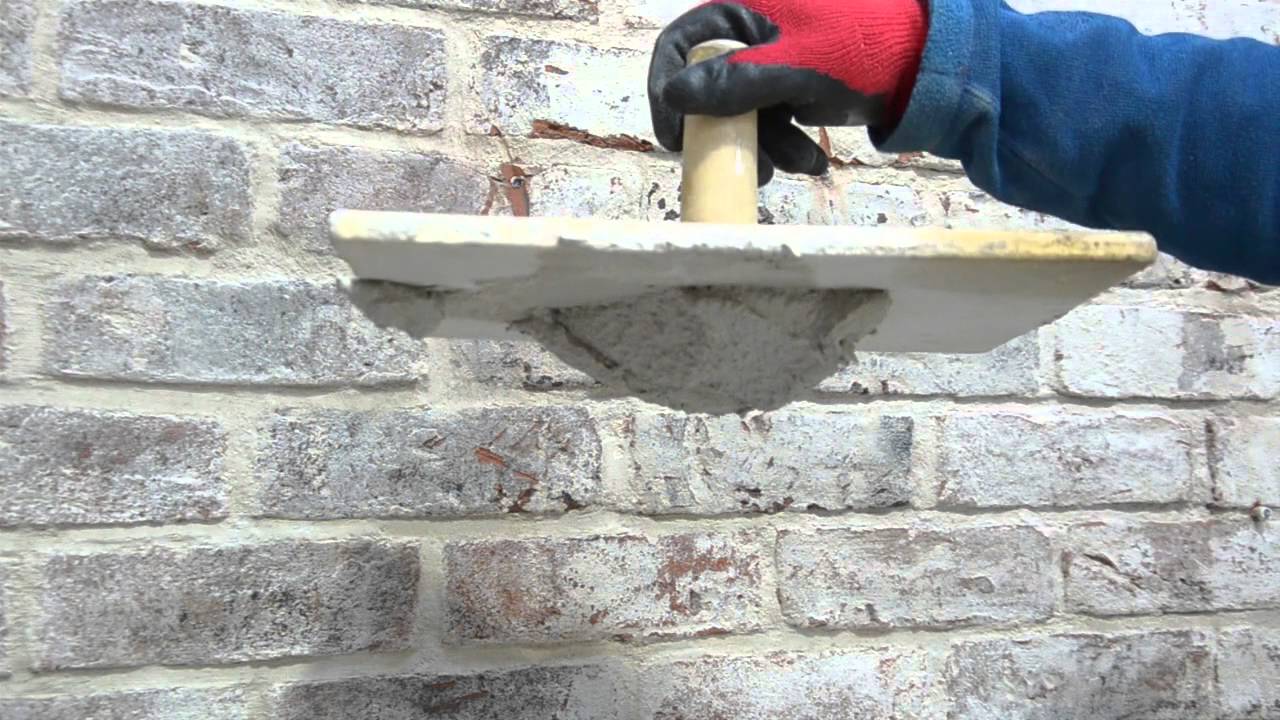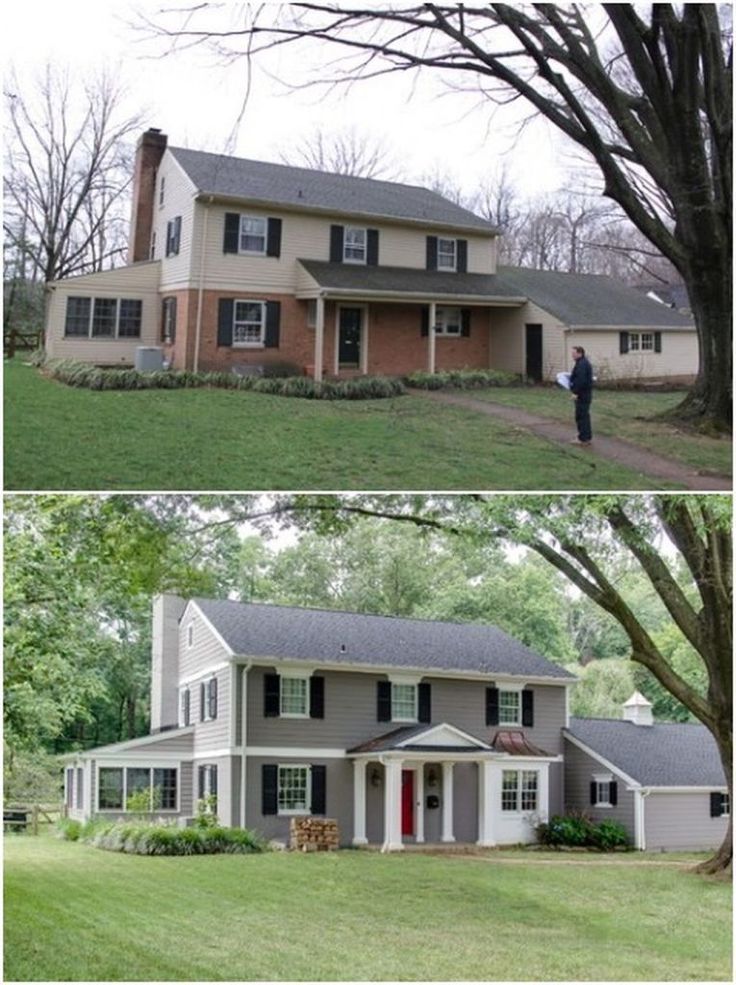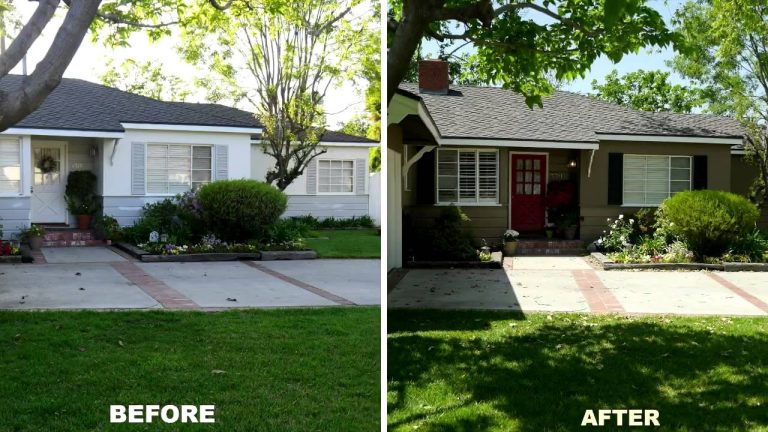Structural Integrity: Mortar joints are crucial for supporting the weight and stability of masonry walls. Damaged mortar can lead to shifting bricks, water intrusion, and even structural failure if left unaddressed12.
Water Resistance: Fresh mortar seals gaps, preventing water from seeping into the wall, which can cause further damage, mold, and interior leaks46.
Aesthetic Restoration: Tuckpointing and repointing restore the crisp, clean lines of brickwork, enhancing curb appeal and property value46.
Longevity: Professional repairs extend the life of your masonry, saving you money on future, more extensive repairs4.
Assessment: A thorough inspection determines the extent of mortar deterioration and the best restoration approach1.
Mortar Removal: Old mortar is carefully raked or ground out to the required depth, usually twice the width of the joint37.
Cleaning: Joints are cleaned and moistened to promote proper bonding of the new mortar37.
Mortar Application: New mortar is mixed and applied in layers, compacted for strength, and tooled for a smooth, weather-resistant finish37.
Finishing Touches: Excess mortar is brushed away, and the surface is cleaned for a neat, professional appearance7.
Curing: The repaired area is kept moist for several days to ensure the new mortar sets properly and achieves maximum durability3.
Improves structural stability and safety14
Prevents water damage and energy loss4
Restores original beauty and detail to historic or decorative masonry24
Increases property value and curb appeal4
Extends the lifespan of your masonry investment4
Visible cracks, gaps, or crumbling in mortar joints
Loose or shifting bricks or stones
Water leaks or signs of moisture inside walls
Deterioration on historic or decorative facades



